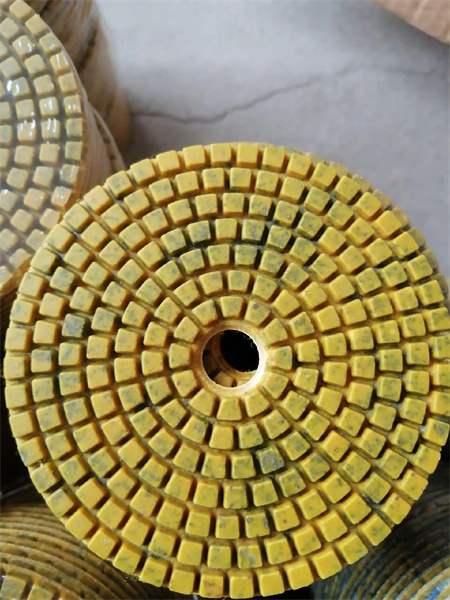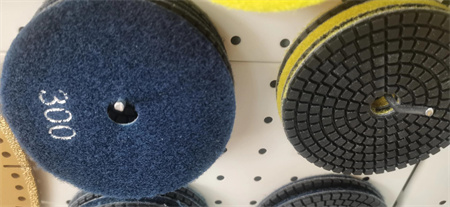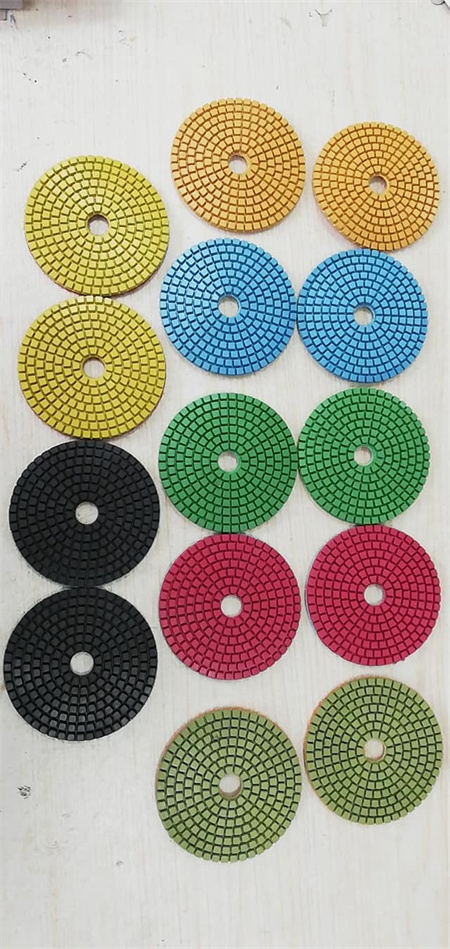The Impact of Flexible Pads on Intricate Designs in Stone
In the world of stone carving and sculpture, the precision of detail is what separates a good piece of work from a masterpiece. Whether it’s a delicate floral pattern, a finely crafted statue, or a complex architectural element, the ability to add intricate designs to stone has always been a challenge. In recent years, the advent of flexible pads has significantly transformed how artisans approach these detailed tasks. These innovative tools have opened up new possibilities for stone workers, allowing them to achieve levels of detail and smoothness that were once considered impossible.

One of the key advantages of flexible pads is their ability to maintain a consistent finish across varying stone surfaces. Stone, by nature, is uneven and often features imperfections that can complicate the process of creating smooth, intricate designs. When using traditional methods, such as diamond wheels or hard abrasives, the rigid nature of these tools can cause uneven pressure, resulting in rough patches or inconsistent textures. Flexible pads, on the other hand, can adapt to the stone’s surface, ensuring a more uniform finish that brings out the finer details of the design without leaving behind any unwanted marks or gouges.
This adaptability also makes flexible pads particularly effective for working on soft or porous stones, such as limestone or soapstone, which can be more difficult to handle using conventional grinding methods. The gentle yet efficient action of flexible pads allows stoneworkers to refine delicate details with a lighter touch, preserving the integrity of the material while achieving the desired level of refinement. Additionally, the variety of grit options available with flexible pads means that artisans can choose the right level of abrasiveness for each stage of the process, from rough shaping to fine polishing.
Beyond their functional benefits, flexible pads have also contributed to a shift in the way stoneworkers approach their craft. With these tools, artisans are no longer limited by the rigidity of traditional grinding methods. The fluidity and flexibility of the pads encourage experimentation and innovation, inspiring artists to push the boundaries of what is possible in stone design. The ability to seamlessly blend intricate patterns and textures has led to a surge in creative expression, with many artisans now incorporating more intricate, delicate designs into their works than ever before.

It’s also worth noting that flexible pads have proven to be environmentally friendly. The reduced need for excessive manual polishing and the ability to work with smaller particles of abrasive material means less waste is produced during the carving and finishing process. This sustainability aspect aligns with the growing push in the stone industry toward more eco-conscious practices, helping to reduce the environmental footprint of stoneworking.
As with any new technology, there are some considerations when using flexible pads. It’s essential for stoneworkers to understand the specific requirements of their materials and designs to ensure the correct pad type and grit are chosen. While flexible pads are incredibly versatile, they are not a one-size-fits-all solution, and careful selection is key to achieving the desired results.
Overall, the impact of flexible pads on intricate stone designs cannot be overstated. These tools have revolutionized the art of stone carving, offering a level of precision and versatility that enables artisans to create detailed, polished works of art with greater efficiency and less physical strain. As the technology continues to evolve, we can only expect the boundaries of what is possible in stone design to expand even further, bringing new possibilities for creativity and craftsmanship to the forefront.
